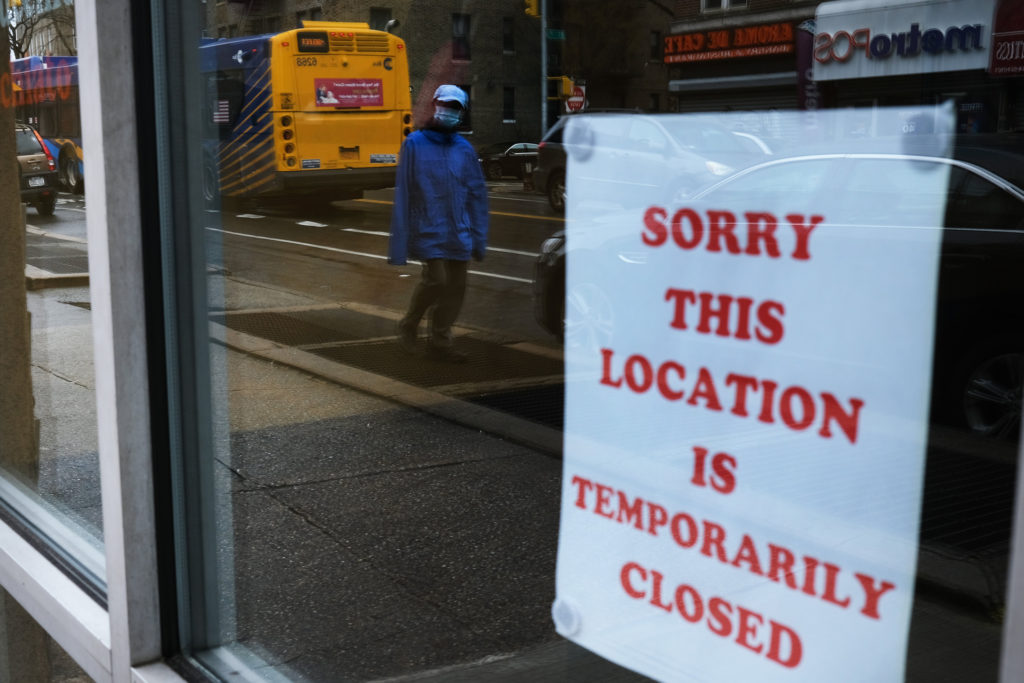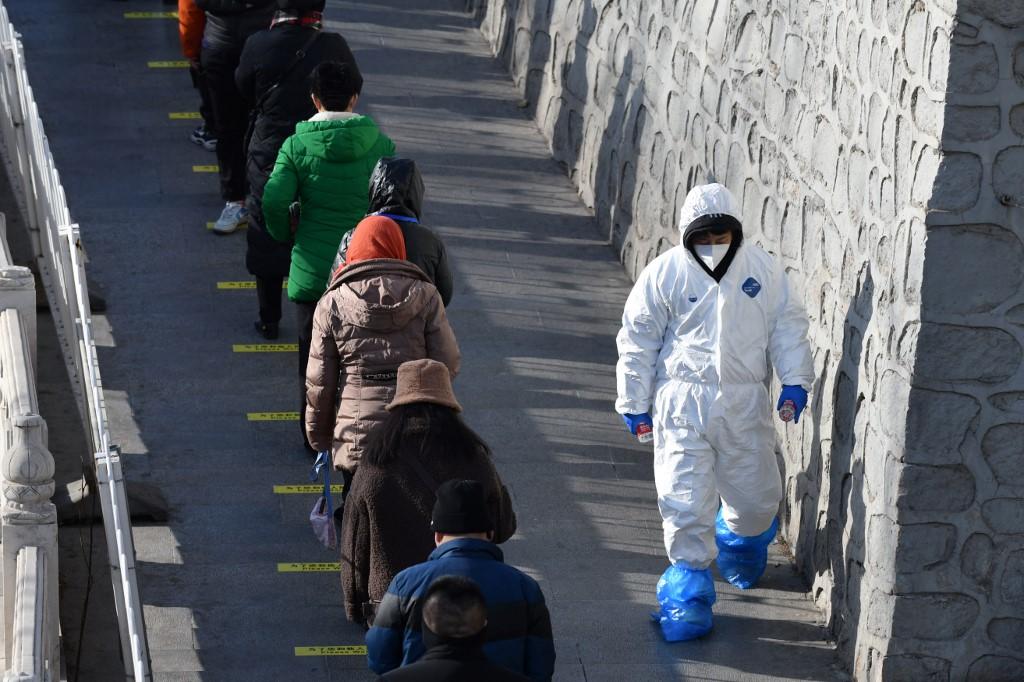Businesses Need to Gear Up for Another Possible Wave of Lockdowns

As if there was any breathing room left in a globally disastrous year, a new and more virulent strain of coronavirus spurred fear and alarm across Europe, some parts of the globe, and more recently, the United States of America. Stricter measures were already seen implemented by the United Kingdom. These are measures such as imposing a similar national lockdown to the one that was imposed at the height of COVID-19, travel bans with the exception of special circumstances, allowing only up to three households to meet for Christmas, and etcetera.
With a spike in deaths since the start of the new year as the United States recorded about 215,408 new cases and 2,664 deaths related to the virus daily, it seems as if that the country could follow the United Kingdom’s lead. This is in part due to the slow rollout of vaccines as each state struggles to keep an equitable balance between necessity and vulnerability.
As early as the first week of December 2020, for instance, the state of California’s Governor Gabin Newsom has already stated the possibility of “pulling an emergency brake” and implementing a week shy of a month of lockdown. Some of the conditions of the lockdown being:
- Being ordered to remain home except for essential activities
- Restaurant functions being limited to takeout or delivery
- Establishments that are considered to be non-essential (e.g., bars, hair salons, wineries, etc.) being closed
- Schools, once again, operating at a maximum of a 20% capacity
Furthermore, local, and statewide rules such as curfews are going to be implemented. It goes without saying that compliance requirements such as OSHA employee training, HIPAA compliance, and other protocols mandated by the state and the federal government must be observed. This was an intuitive call for the state of California as well, given that a month and a few days later, a new strain of coronavirus was found in five states – including California.

What is known about the new coronavirus strain?
The new strain was reported in Colorado, California, Florida, Georgia, and New York – as authorities found separate individuals to be infected in the first week of January. Currently, California stands with six cases of the new strain – two in Los Angeles and four in San Diego. Meanwhile, New York, Florida, Colorado, and Georgia each have one case of the new strain confirmed.
As previously mentioned, the strain was first found in the United Kingdom and was named “VUI – 202012/01”. The mutations in this strain which deviates from the typical coronavirus occurred on the genetic material that is in charge of spike protein, which is the aspect of the virus that is responsible for penetrating host cells. This essentially makes the virus transmissible by 70% based on scientific modelling, and recent studies have shown that the number is close – test results stating that the virus is 56% more contagious than the ordinary strain.
Of course, other factors may affect transmissibility of the virus in these said studies – such as practices regarding social distancing, the use of personal protective equipment, sanitation, and proper medical waste disposal.
However, if it is indeed true that the new strain is more contagious, an extremely virulent version of an already virulent and dangerous virus can carry incredibly lethal implications.
VUI – 202012/01 is just one of the many different strains that have run rampant across the globe. Different strains of coronavirus include:
- 229E (alpha)
- NL63 (alpha)
- OC43 (beta)
- HKU1 (beta
- MERS-CoV, a beta virus that causes Middle East respiratory syndrome (MERS)
- SARS-CoV, a beta virus that causes severe acute respiratory syndrome (SARS)
- SARS-CoV-2, which causes COVID-19
What are the risks to businesses and how can they cope?

Of course, the ideal solution would be the immunization of the vast majority of the society. Practically speaking, because of the high demand and slow rollout of vaccines – compounded with other issues regarding accessibility, a return to the “normal” life before the pandemic is highly unlikely. Because of this, business owners must be keen to adapt to the changing landscape of society in order to stay afloat.
Currently, Wharton identified five key risks that business owners are facing and what is being done to mitigate these risks.
- Disruption due to social distancing – these are caused by lockdowns and restrictions placed on travel and activities. An example of this would-be establishments operating on a quarter of their usual capacity or the limiting of functions.
- Plummeting employee productivity – as COVID-19 spreads and in light of a highly contagious new strait, employees are likely to be sick and unproductive – or may need to take care of household members that are sick.
- Stressed supply chains – pharmaceutical materials and healthcare-related necessities such as protective equipment is critical to business operations. With a drastic shift in demand and a shortage of vendors, supply chains have found it difficult to make these products accessible. Moreover, international trade restrictions and externalities such as the trade war have dented the global supply chain as well.
- Recession, unemployment, and investment pull-back – Layoffs, divestment, and unemployment drastically limits purchasing power and the capacity of businesses to operate. Without consumption and investment, it becomes incredibly hard for businesses to thrive.
Economic instability and civil unrest – as people grow more disgruntled due to unemployment, election cycles, and general desperation; there is a large uncertainty about how policies will be shaped and the response to these policies in the near future.
As businesses vary in nature, a general blueprint suggested by Wharton was to highlight five steps that allows businesses to flexibly strategize how they will act in light of uncertainties. Some of these steps are:
- Readiness – the university advises business owners to read about best practices standards such as those from CDC, OSHA, etc. These usually highlight levels of preparedness.
- Risk Management Plan – a plan of action must be considered for externalities like severe weather, sickness, and changes in policies/infrastructure).
- Business Impact Analysis – employers must strategize how to re-mold their operations. These often include restructuring meetings and reimagining how normative employee functions can work remotely.
